The balcony gardening culture : beginners guide; tips and ideas
Table of Contents
ToggleBalcony gardening is a popular hobby that allows people to enjoy nature and grow their own plants in urban spaces. Balcony gardens can be created in different styles, such as cottage, tropical, or minimalist, depending on the preferences and needs of the gardener. Balcony gardening can also have many benefits, such as improving air quality, reducing stress, and providing fresh food and flowers.
Some of the tips for creating a successful balcony garden
- Choose plants that are suitable for your climate, sun exposure, and space. Some of the common plants for balcony gardens are herbs, vegetables, succulents, and flowers.
- Use containers that have good drainage and are large enough for the plants to grow. You can also reuse or recycle materials such as bottles, cans, or crates to make your own pots.
- Water your plants regularly and check the soil moisture before watering. Avoid overwatering or underwatering your plants, as both can cause damage or disease.
- Fertilize your plants with organic or synthetic fertilizers according to their needs. You can also make your own compost from kitchen scraps or worm castings to enrich the soil.
- Prune your plants to remove dead or diseased parts and to encourage new growth. You can also harvest your edible plants when they are ready and enjoy the fruits of your labor.
how make a balcony garden ?
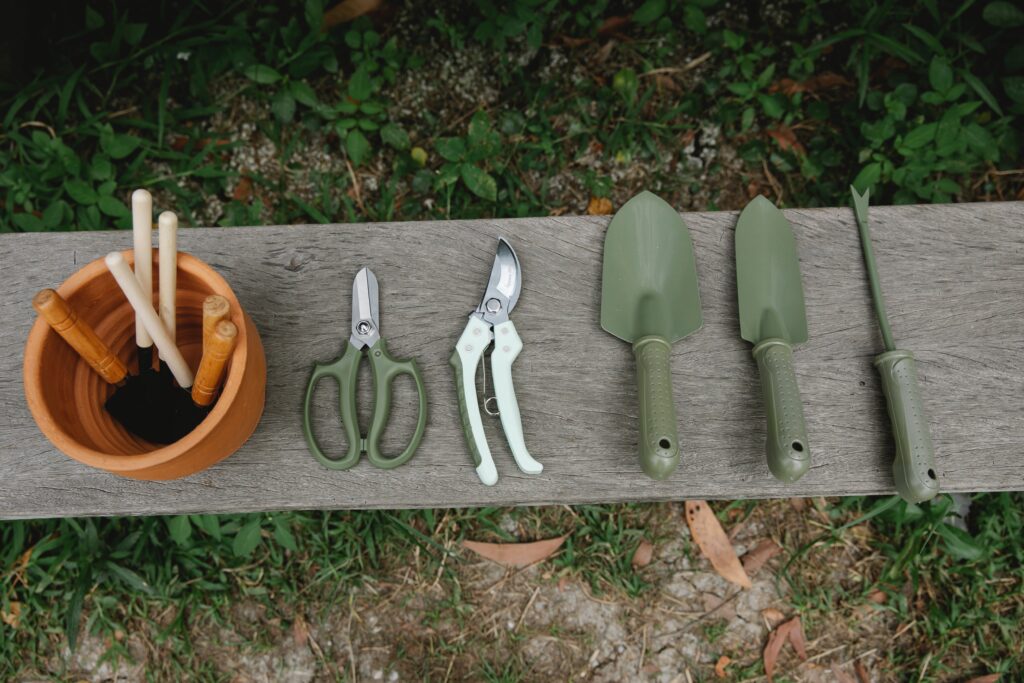
Starting a balcony garden is a great way to give a new life to ,your balcony. Here are some steps you can follow to create your own balcony garden:
- First, you need to assess your space and sunlight levels. You can use a sunlight calculator or an app like Sunseeker to check how much sun your balcony gets. This will help you choose plants that are suitable for your climate and sun exposure.
- Second, choose the right containers and pots for your plants. You can use different sizes, shapes, and materials, such as plastic, metal, or ceramic. Make sure they have good drainage holes and are large enough for the plants to grow.
- Third, select the plants that you want to grow. You can grow a variety of vegetables, herbs, flowers, and even vines on your balcony. Some of the common plants for balcony gardens are lettuce, spinach, kale, basil, oregano, rosemary, thyme, tomatoes, peppers, beans, peas, and passionfruit.
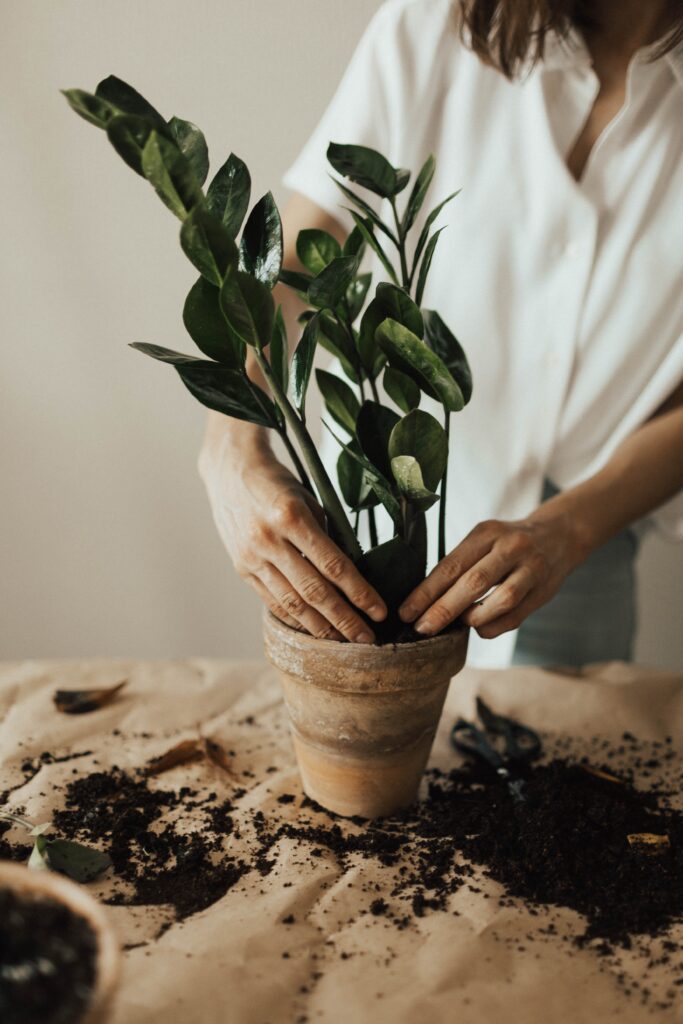
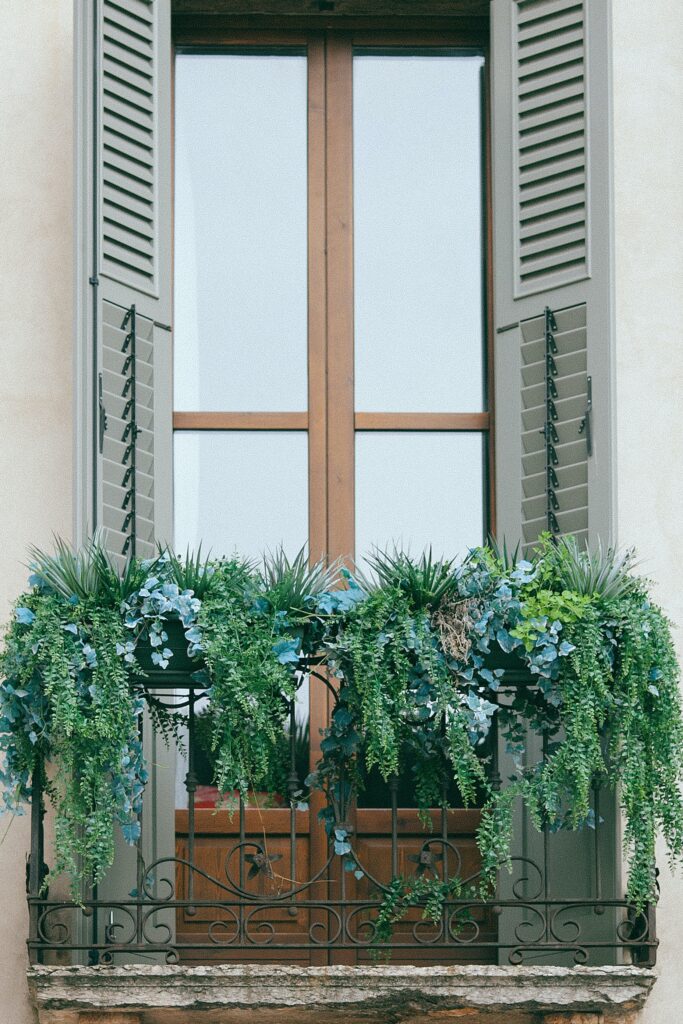
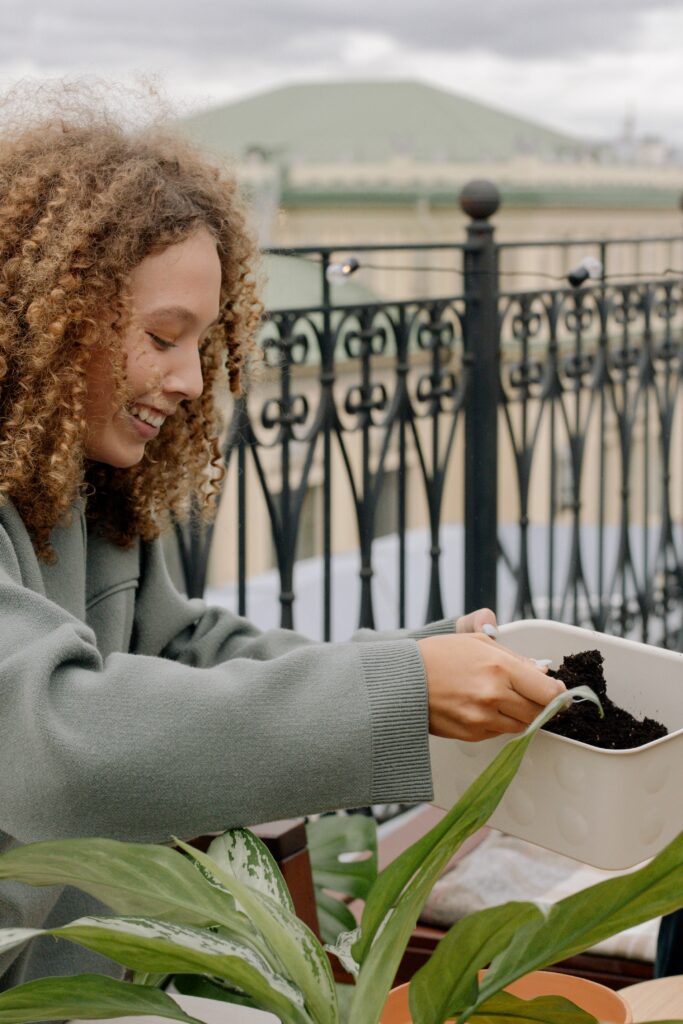
- Fourth, plant your seeds or seedlings in the pots with good quality potting soil. You can also add some compost or fertilizer to enrich the soil and boost the growth of your plants. Follow the instructions on the seed packets or plant labels for how deep and how far apart to plant them.
- Fifth, water your plants regularly and check the soil moisture before watering. Avoid overwatering or underwatering your plants, as both can cause damage or disease. You can use a watering can, a hose, or a drip irrigation system to water your plants.
- Sixth, you have to prune your plants to remove dead or diseased parts and to encourage new growth. You can also harvest your edible plants when they are ready and enjoy the fruits of your labor.
The Best Balcony Garden Ideas for Beginners

There are many creative ideas for balcony gardening that can suit your style, budget, and preferences. Here are some of them:
- creating a vertical garden by hanging or attaching planters to walls or railings. This will save floor space and create a living wall of greenery. You can use fabric pockets, modular systems, or repurpose old shoe organizers.
- Using tiered shelving units to display potted plants at various heights. This will allow you to utilize both the floor space and the vertical height of your balcony. You can also add some decorative items or lighting to enhance the look of your shelves.
- Growing a variety of vegetables, herbs, and flowers on your balcony. Some of the common plants for balcony gardens are lettuce, spinach, kale, basil, oregano, rosemary, thyme, tomatoes, peppers, beans, peas, and strawberries. You can buy seeds or seedlings from a nursery or online.
- You can use different containers and pots for your plants. You can use different sizes, shapes, and materials, such as plastic, metal, or ceramic. Make sure they have good drainage holes and are large enough for the plants to grow. You can also reuse or recycle items like bottles, cans, or crates to make your own pots.
- Implementing companion planting techniques to improve the health and yield of your plants. Companion planting is the practice of growing plants that benefit each other in terms of pest control, nutrient uptake, or pollination. For example, you can plant basil with tomatoes to repel insects and enhance the flavor.
- making a mini greenhouse on your balcony to protect your plants from harsh weather conditions and extend the growing season. You can use plastic sheets, glass panels, or old windows to create a transparent cover for your plants. You can also add some ventilation holes or fans to regulate the temperature and humidity.

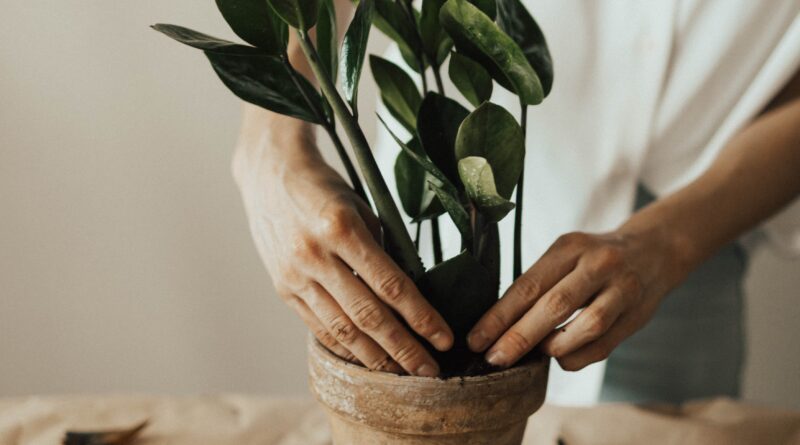


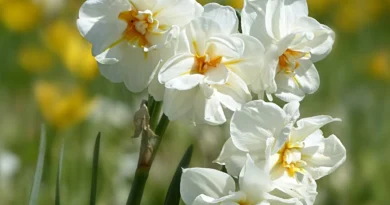
Pingback: Transforming Tiny Spaces: 5 Inspiring Ideas for Small Living Rooms » House & Garden insider
Pingback: Exploring the Art of Urban Gardening: The Green Revolution in Cities » House & Garden insider